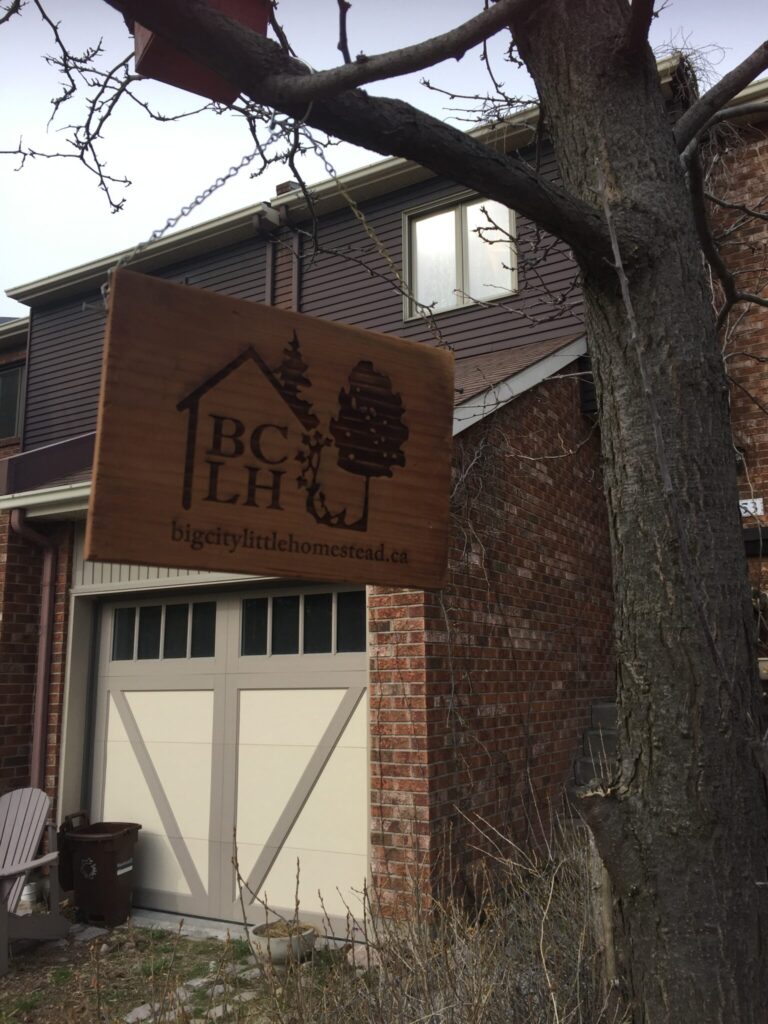My house is distinctive for the vines I have growing on it. The only other neighbours who have vines are a house on the end of a row, with a big wall to cover.

The Virginia Creeper (Parthenocissus quinquefolia) adorning my home has been here for 6 years. It’s ropey all the way to the top of the eavestrough. I trimmed it a lot the past year to stop its spread across the house and into the soffits, but spread is what Virginia Creeper does. Though to be fair, it falls back on its own, so it’s not unreasonable, and the configuration changes every once in a while. This makes it great to green-up a wall, especially if you are willing to “tutor” it across a large expanse of wall. If you don’t tutor it, it will detach and hang when it gets heavy.
For two years, I also let one climb the back wall, on the shady eastern side of the house. At the same time, I nabbed a “real” ivy plant and planted it in the same place, to have both. Parthenocissus tricuspidata “Veitchii” – Boston ivy – is not a native plant, and it’s not from Boston! Its leaves spread out row upon row – nicely, and less rambly. There’s ample room – like 10m2 – for it to spread. But it stayed stunted, so I suspected that Virginia creeper inhibits other plants. The creeper had to go.
Continue reading






